Why should you care about your golf cart’s tires? It’s where the rubber meets the road—literally. Old, worn-out and shoddy tires are dangerous on any terrain. If you’re using your cart for more than just playing a quick nine or grabbing the paper, the right tire makes all the difference.
With all of the sizes, numbers, ratios, and even different units of measurement, it’s tough to know what the numbers on golf cart tires mean and that makes it hard to know what tires work best for your Club Car, Yamaha, or E-Z-GO. On the other hand—with the right guide, it’s easy as pie. You’ll also learn:
- How to measure golf cart tires and tire pressure
- How to choose the right tire for your cart
- How long golf cart tires last
- How to pick the optimal size for your wheels
Follow along, and find out what a difference a quality, purpose-driven tire can do for your golf cart here.
What type of tire do I need for my golf cart?
Every rider has a different need from their tires, but for those looking to get a durable, comfortable, and upgraded feel with aftermarket wheels, street tires are best. They are rated for the course or a day out on the town, and provide enhanced grip over OEM models.
The tread pattern on the low-profile street tires is flatter and less aggressive than it is on the A/T/ or Offroad selections. This tire provides higher traction on asphalt and pavement and is friendlier to turf.
Types of golf cart tires
Offroad
For the best trail-forward performance, off-road tires have a deeper, more aggressive tread pattern. These tires’ wide spacing between lugs make it easier to remove mud and other debris while you ride. When you’re cutting through the thick of it, the tread pattern of off-road tires wraps around the sidewall to help with traction in areas that standard tires don’t. Paved surfaces are not recommended for this tire because they will reduce the tread’s lifespan—and they are just plain noisy on a cart path.
All Terrain
All-terrain tires are the most common choice for most riders since they provide the best of both worlds. The tread design combines elements from the other two tires. Although the lugs are not as smooth as those on a street tire, they are more compact than those on an off-road tire. This provides enough grip for light off-road driving while giving you a comfortable ride.
Understanding the markings on a golf cart tire sidewall
Directional tread patterns and tire size for golf carts
Some tires have directional tread patterns; an arrow on the sidewall will frequently show this. On all four tires, this arrow must be directed toward the front of the golf cart. The size is also printed on the sidewall and can be found in either standard or automotive format.
Standard Format
The first set of numbers represents the tire height, the second set is the tire width, and then the last set is the rim size.
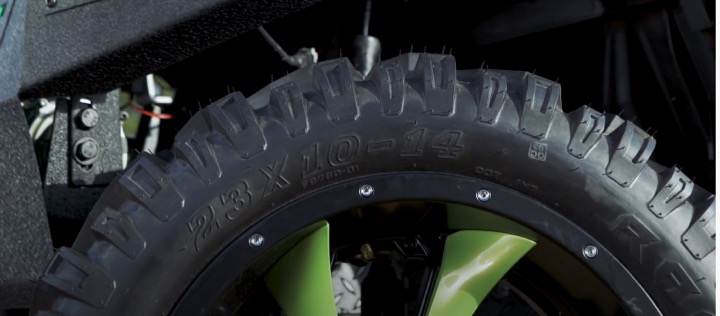
Automotive Format
Some tire sizes will be in an automotive format. In this case you can see we have a 205/30-12 tire. The “205” stands for the width of the tire tread in millimeters. The “30” is the aspect ratio of the side wall or the sidewall height and the “12” is the rim size post.
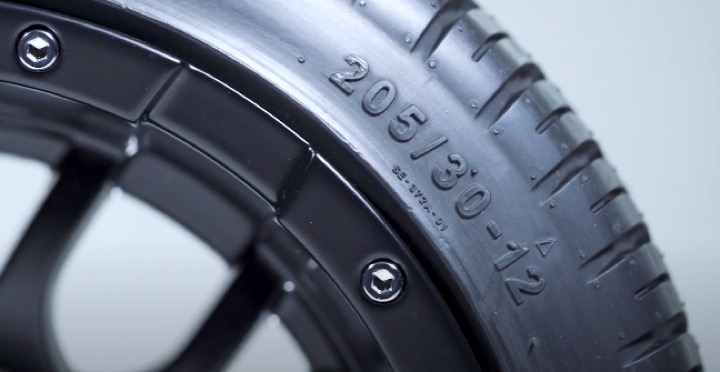
How to read and measure golf cart tire size
Tire size is easy to find—it’s listed on the side of the tire. (see above!) But that just tells you the size of the tire you have. If you want to try a new sized tire, you need to find the right size tires for the wheels you have. To do that, you have to measure the wheel size first.
To measure golf cart wheel size, measure the diameter of the naked wheel’s face and subtract an inch. This inch is where the bead of the tire will sit, and is subtracted from the wheel size universally across the industry. Though some may have an extra inch, and some may have an extra 1.15 inches, the general idea is to subtract one inch, and round down.
Lift kits and tire size
Low-profile and street-style tires will easily attach to standard golf carts. Depending on how tall the tire is, you might require a low-pro block lift kit for some vehicles, such as the Club Car DS and Precedent. The majority of all-terrain and off-road tires call for a lift kit, and various tire sizes call for various lift kit sizes.
What is the correct golf cart tire pressure?
The correct tire pressure varies according to the size and type of tire. The recommended tire pressure can be found on the sidewall of the tire. Maintaining the right tire pressure is important to keep tires operating properly and lengthen their lifespan.
The wear on your tires might be dramatically increased if you let your golf cart’s tire pressure fall too low. Poorly inflated tires also lose more energy through friction, hastening the deterioration of your cart’s battery and engine.
On the other hand, you can’t simply pressurize your golf tires to the maximum level. Too much tire pressure will limit the grip and shock absorption of your golf cart tires, making for a bumpy and uncomfortable ride. Additionally, overfilling your tires increases the risk of an unwanted pop.
We advise filling golf cart tires to a value in the middle of the recommended range: 20 to 22 PSI, as climate changes can alter the effective pressure within your golf cart tires even after you fill them to a set pressure (1.38 to 1.52 bar).
When to replace your golf cart’s tires
If you’re noticing a little more slip than grip, that can be your first sign it’s time to replace the tires on your golf cart. It might just be a one-time thing, but if you’re experiencing a variety of these same issues, it’s time to replace:
- Cracks or punctures: Visually, this is one of the most straightforward signs your tires need replacing. Whether it’s from temperature change, maintenance, or age, any cracks or leaks are a dead giveaway
- The penny test: This is mostly for A/T or street tires, but it’s a classic test. In the deepest tread on your tire, slide a penny with Lincoln’s head facing down until it hits the bottom. If you can see all of Lincoln’s head, your tread is well-past worn.
- Increased ride noise/vibration: Overworked tires don’t ride as well, and make for bumpier, noisier trips. Keep in mind, with a wobbly ride, it could be the wheel bearing as well. Be sure to check by trying to wiggle the top of the wheel when it’s fully lifted. If it wiggles from the top, it might be your wheel bearings.
- Riding in new terrain: You could have brand-new tires, but if you’re riding on trails you’ve never trekked, you might still get slippage, a lack of grip, and an uneven ride in the wrong conditions. If you decide to take it offroad on standard golf cart tires, you’re in for a rough ride. Sometimes, the best reason to replace is simply that you’re doing more with your golf cart.
If you’re seeing any of these signs, it’s in your best interest to replace them. Safety comes first. If, at any point, you think any part of your rig is starting to fail, we hope you can do your best to research and order the parts you need right away.
A new set of tires can upgrade the look, ride, and responsiveness of your cart. Now that you know how to read golf cart tire size and the other basics, you’re ready to find the golf cart tires to take you to the next level. Discover your new best with the right golf cart tires here.
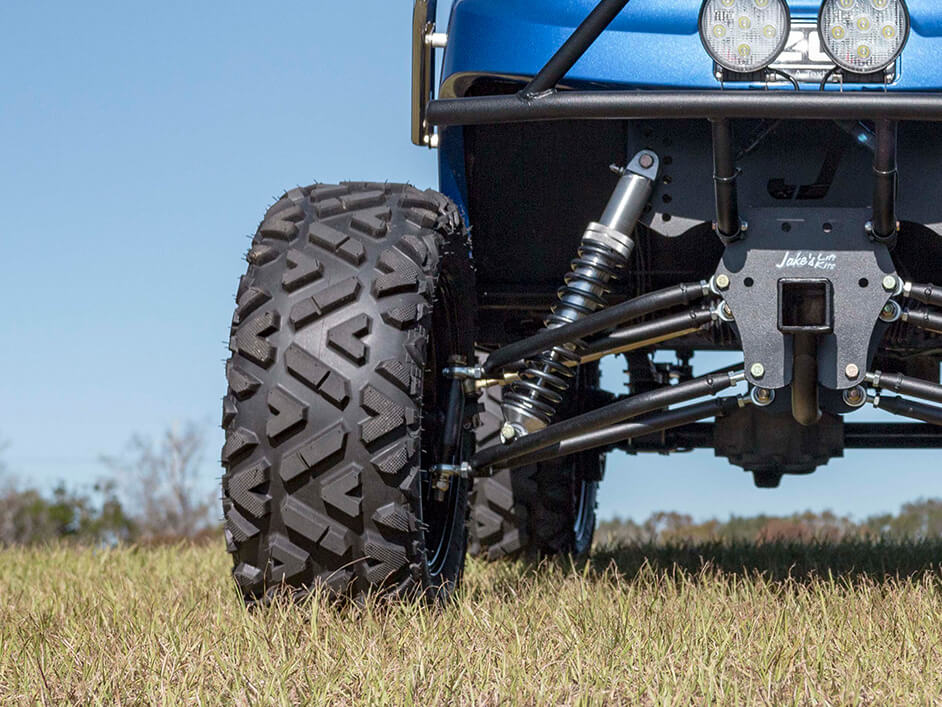

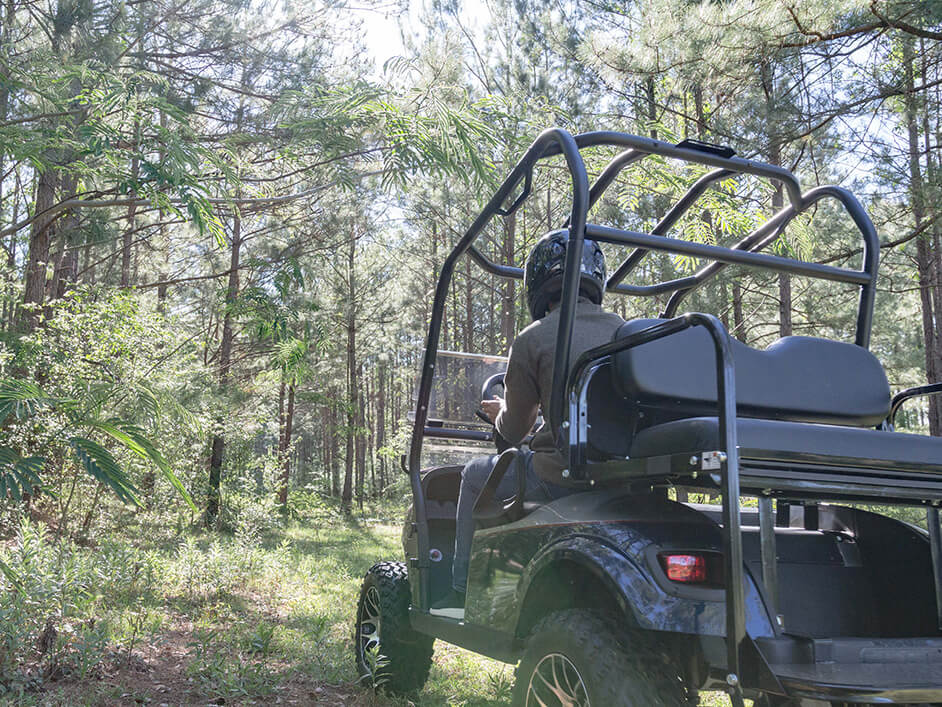
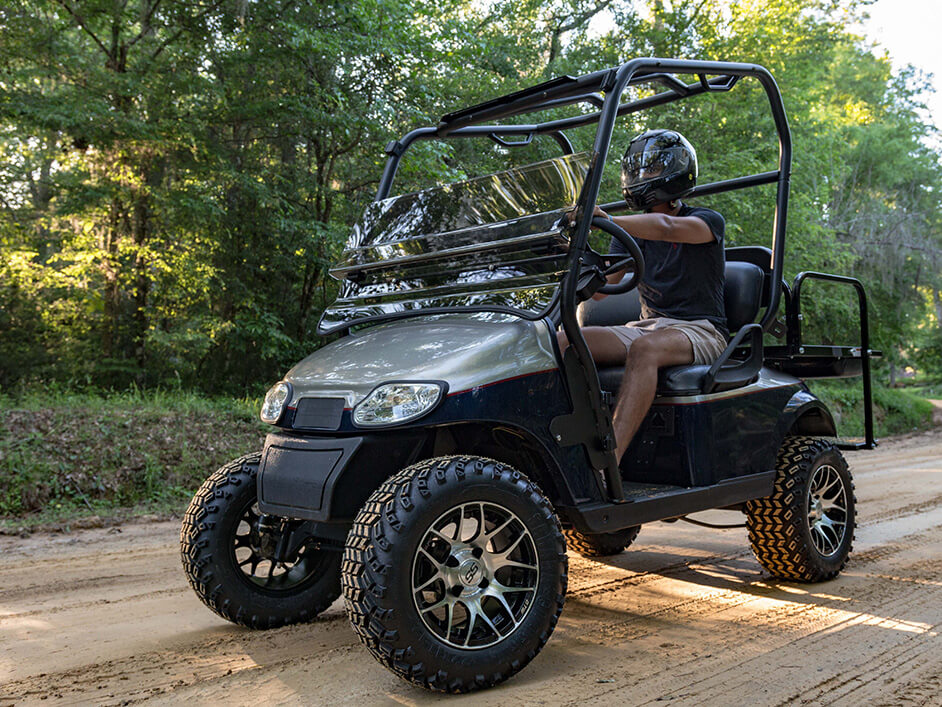
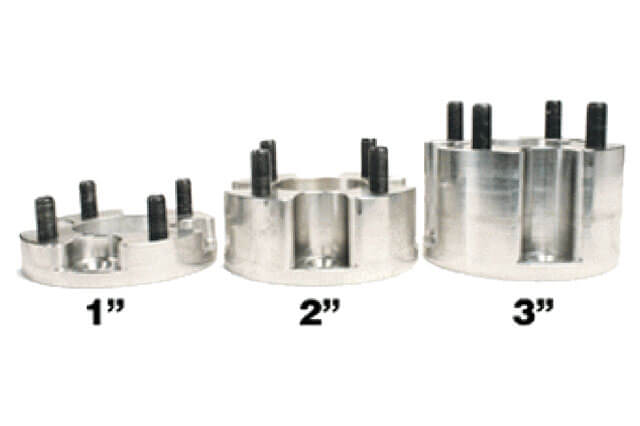

Comment section